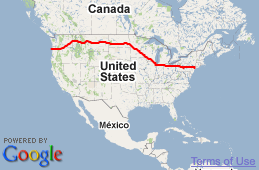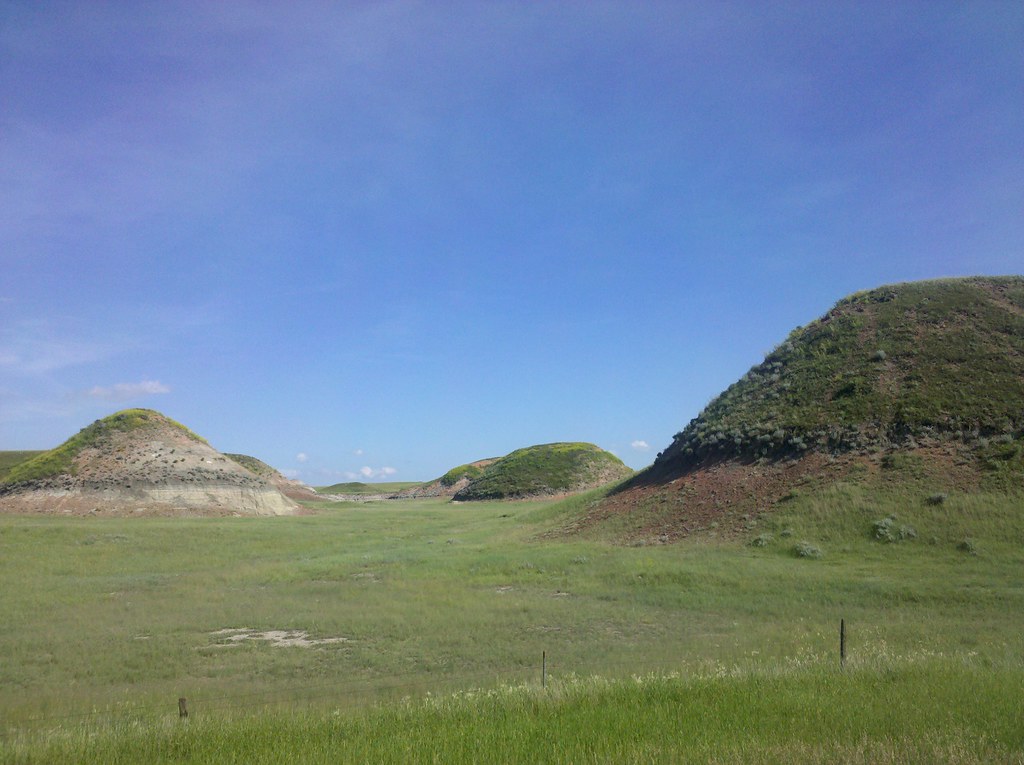I'm walking across America.
That's the idea, at least. I'm walking westward from New York City for nine months or so. If everything goes according to plan, I'll be in Oregon when the clock runs out. If nothing goes according to plan, maybe I'll end up in Peru or Mongolia or Pennsylvania. You can read all about the details of my trip if you're so inclined.
Email me at matt@imjustwalkin.com
Subscribe to my email list
Here's my progress so far:



Flat to lumps to mountains, cool way to see the progression unfold…slowly. would have missed it in the car. thanks matt.
Yes upon closer look here I don’t think these are ancient Indian burial mounds. I’ve seen some in southern Ohio when I was down there camping and exploring. These look like what you said, lumps. Lumps of mountain rock of what’s to come.
I was thinking burial mounds too. Better not to explore. What is sacred is sacred – what is natural should not be touched these days.
The terrain changes in similar fashion traveling WEST in the SOUTH. After you FINALLY make it past TEXAS (and this is by car), into NEW MEXICO, you start seeing hilly lumps, just not so green – then come the red MESAS!
The brown and green “lump” makes me think of the LARGE “lump” we passed in Tucumcari, NM.
um, Lets see maybe Indian mounds :)
From http://history.nd.gov/historicsites/pulver/index.html
Conical mounds in North Dakota generally range in height from two to twenty-five feet, and in diameter from ten to sixty feet. The two mounds at the Pulver Mounds site are approximately forty-five feet in diameter and are three to five feet high. These burial grounds or cemeteries are sacred to many American Indians. In the state of North Dakota, mounds are classified as unmarked burial sites and are protected by law from disturbance.
I learn something new everyday from your travels! Thx
Unfortunately Matt is not anywhere near these Pulver mounds at Coal lake. Not all mounds are burial mounds but at least the link here isn’t near Matt’s route.
Start asking about the Buttes…I think you’ll hit the town of Sentenial Butte on your journey.
These are just buttes. You’ll probably see a lot of these in Western ND and Far Eastern MT. Some of them get pretty large. Most are made of scoria (red rock) that may have formed when the hydocarbons (coal, lignite) in the ground burned under pressure. Thus the ground here became harder than the surrounding ground and has not eroded. The theory I’ve heard is many of these formed from lightning strikes.
Thank you, Matt! I appreciate your explanation.
Matt–another voice from Ashland–the library this time. A geologist friend says they are buttes and are caused by water surging under the glacier and washing the surrounding soil out from a more solid core. We’re really proud of you!